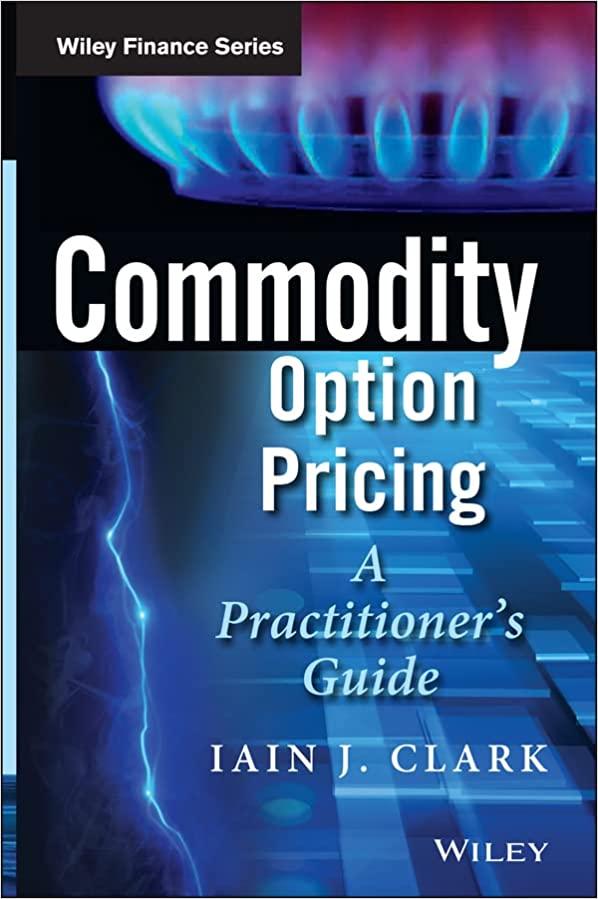102/2018 Student Kolton Stam Date: 10/2/16 1. Analyzing Risk and Return on Chargers Products' Investments Junior Sayou, a financial analyst for Chargers Chapter & Case-Kolson Star Instructor: Alan Eastman Course: FIN 320 Fall 2016 Assignment: Chapter 8 Case Products, a manufacturer of stadium benches, must evaluate the risk and returm of two assets, X and Y, The fim is considering adding these assets to its diversified asset portfolio. To assess the retum and risk of each asset, Junior gathered data on the annual cash flow and beginning- and end-of-year values of each asset over the immediately preceding 10 years, 2003-2012. These data are summarized in the table below. Juniors investigation suggests that both assets, on average, will tend to perform in the future just as they have during the past 10 years. He therefore believes that the expected annual return can be estimated by finding the average annual return for each asset over the past 10 years. located on the top-tight corner of the data table below in order to copy its content into a (Click on the icon spreadsheet) Return Data for Assets X and Y, 2003-2012 Asset X Asset Y Value Value Year Cash flow Beginning Ending $20,000 $22,000 22,000 21,000 21,000 24,000 24,000 22,000 22,000 23,000 26,000 26,000 25,000 20102,000 25,000 24,000 24,000 27,000 30,000 Cash flow Beginning Ending $20,000 $20,000 20,000 20,000 1,700 20,000 21,000 1,800 21,000 21,000 1,900 21,000 22,000 2,000 22,000 23,000 2,100 23,000 23,000 2.200 23, 24,000 2,300 24,000 25,000 25,000 $1,500 1,600 2004 2005 2006 2007 2008 2009 1,500 1,400 1,700 1,900 1,600 1,700 23,000 2011 2,100 27,000 2,400 25,000 Junior believes that each asset's risk can be assessod in two ways: in isolation and as part of the firm's diversifled portfolio of assets. The risk of the assots in isolation can be found by using the standard daviation and coefficient of variation of retuns over the past 10 years. The capital asset pricing model (CAPM) can be used to assess the asset's risk as part of the firm's portolio of assets. Applying some sophisticated quantitative techniques, Junior estimated betas for assets X and Y of 1.60 and 1.10, respectively. In addition, he found that the risk-free rate is currently 7.0% and that the market return is 10.0% To Do a. Calculate the annual rate of returm for each asset in each of the 10 preceding years, and use those values to find the average annual retun for each asset over the 10-year period b. Use the returns calculated in part (a) to fin(1)the standard deviation and (2) the coeticient of variation of the returms for oach asset over the 10-year period 2003-2012. c. Use your findings in parts (a) and (b) to evaluate and discuss the retum and risk associated with each asset. Which asset appears to be preferable? Explain. d. Use the CAPM to find the required return for each asset. Compare this value with the average annual retums calculated in part (a). e. Compare and contrast your findings in parts (c) and (d). What recommendations would you give Junior with regard to investing in either of the two assets? Explain to Junior why he is better off using beta rather than the standard deviation and coefficient of variation to assess the risk of each asset. f. Rework parts (d) and (e) under each of the following circumstances: (1) A rise of 1.0% in inflationary expectations causes 11.0%. the risk-free rate to rise to 8.0% and the market return to rise to (2) As a result of favorable political events, investors suddenly become less risk-averse, causing the market return to drop by 1.0% to 9.0% a. calculate the annual rate of retum for each asset in each of the 10 preceding years, and use those values to find the average annual retum for each asset over the 10-year period The expected rate of return for asset X for year 2003 is %, (Round to two decimal places.)










